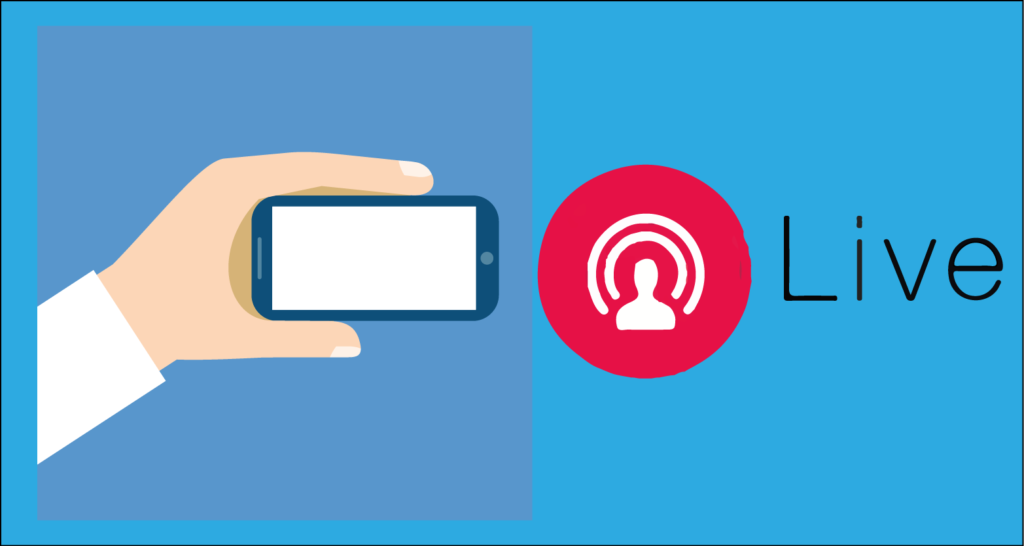From movie trailers to 360-degree videos and virtual reality, video is an effective tool for building excitement about a brand. Now, thanks to platforms like Twitch, YouTube and Facebook Live, livestream video marketing is making its way into the mainstream.
According to research by eMarketer, almost one-fifth of US media decision-makers plan to invest in live stream video ads over the next six months. Livestreaming requires little more than an HD video camera and strong internet connection, allowing brands to explore this new medium with minimal upfront investment. Measuring return on investment depends on the campaign, but can be as simple as gauging the amount of viewers, comments, or using a vanity link to track site visits and purchases.
Starting A Conversation
Anyone who saw the man climbing Trump Tower on Wednesday witnessed first-hand the power of livestream video. WABC-TV’s page reached 4 million views. New York’s ABC 7 provided livestream coverage over Facebook, garnering nearly 6 million views and over 240,000 comments. While comments don’t necessarily equal sales, a conversation helps ensure that consumers remember your brand. While the Trump Tower climber isn’t a brand, necessarily, he wanted the attention of Presidential candidate Donald Trump and livestream footage of his actions made sure he got a lot of attention.
Livestream content also capitalizes on the “fear of missing out” phenomenon often attributed to Snapchat. Live video can create the same level of excitement of “seeing it first” or “being there,” that static videos cannot provide.
How Brands Use Livestream Content
USA Network got fans excited for Season 2 of Mr. Robot last month with a cryptic livestream on its Facebook page—resulting in 2.2 million views and over 250,000 comments. In celebration of National Fried Chicken Day, Popeyes took to Facebook Live in July with a virtual drive-thru window and jazz musician. Fans were encouraged to interact with the stream through trivia, music and games. Participants in the US who commented also had the chance to win a delivery of Popeyes’ limited-time offer of their $5 Boneless Wing Bash. McDonald’s hosted a similar event for National Hamburger Day, in which viewers could watch a Bob Ross-type artist unveil burger-inspired works of art.
Epic Games has created an impressive community of over 20,000 followers around its weekly Twitch livestreams for Unreal Engine. Developers and video game fans alike tune in on a regular basis to watch tutorials, ask questions and interact with users to share interests. Netflix promoted its break-out hit show Stranger Things with a Twitch livestream that allowed users to vote on what scary event would happen to the unlucky hosts on screen.
Some Brands Are Still Hesitant
While a number of marketers have jumped on the livestream bandwagon, others aren’t so sure. In June, Trusted Media Brands, previously The Reader’s Digest Association, polled 305 US media decision-makers, including both agency and client-side marketers, about future investment in livestream video advertising. According to the data, 60 percent of in-house and 71 percent of agency marketers said they “might” invest in livestream format, compared to 17 percent of agency and 19 percent of in-house marketers who “definitely plan” on allocating budget to live stream video ads in the second half of 2016.
From exclusive footage to behind the scenes looks, breaking news or just silly fun, how brands use livestream is limited only to the imagination.
